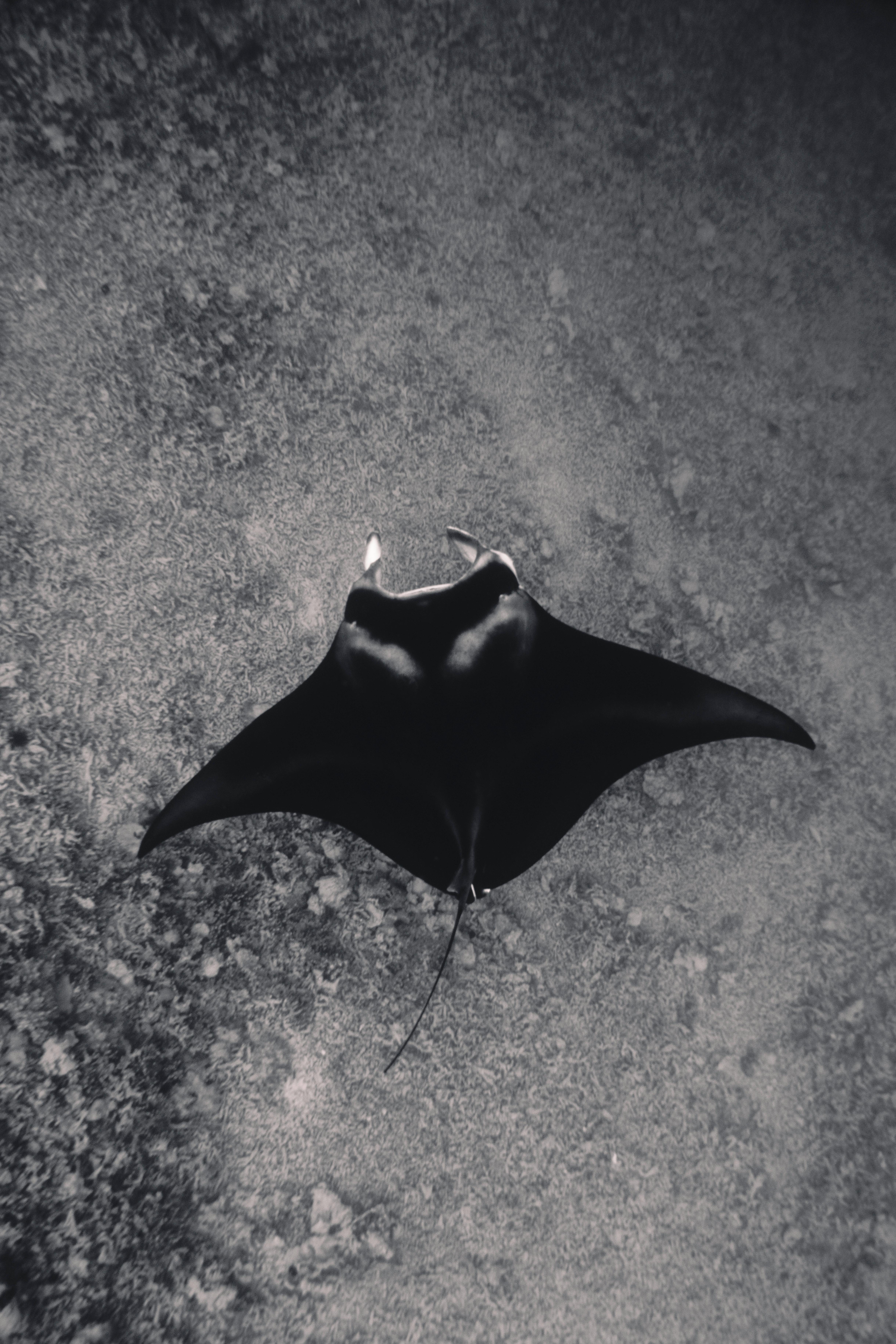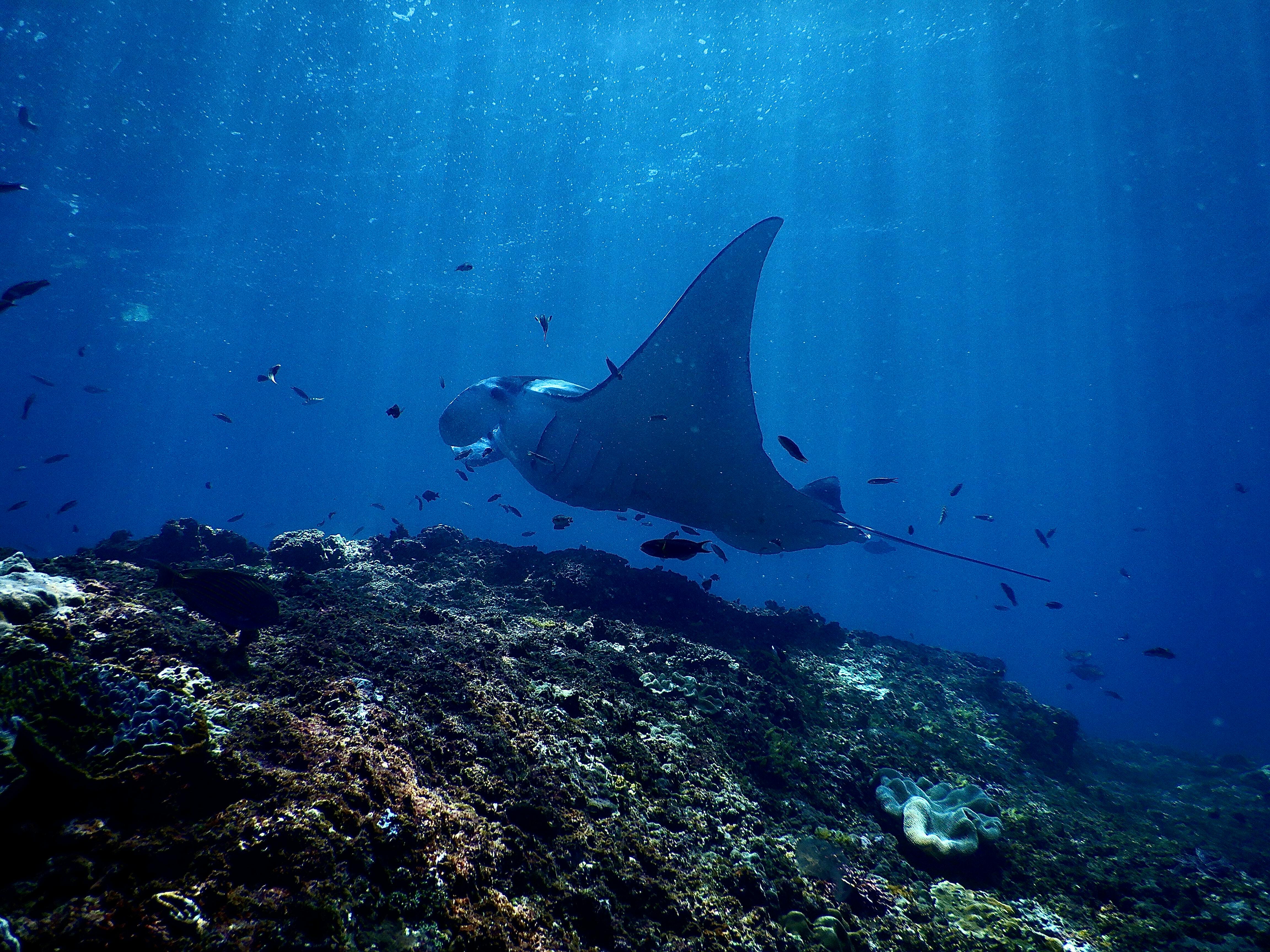X-Ray Tetra is a species of tropical freshwater fish. It is a member of the Characidae family and is native to the Paraguay-Parana basin in South America. X-Ray Tetra is known for its unique pattern of transparent scales that allow its internal organs to be seen. This small fish grows to a maximum length of 1.6 inches and can live up to five years in captivity. X-Ray Tetra are popular aquarium fish because they are hardy, peaceful, and can be kept in groups. They also have interesting behaviors that make them fun to observe.X-Ray Tetra is a species of tropical freshwater fish which is native to the Amazon River basin in South America. It is a small, peaceful fish with an average size of 1.5 inches and has a unique body shape, with its back arched and its belly almost flat. Its name comes from its transparent body which allows you to see its internal organs and bones, giving it an “x-ray” appearance. X-Ray Tetra is a popular aquarium fish and can be found in many pet stores around the world.
Contents
Physical Characteristics
X-Ray Tetras are a small species of tetra fish, reaching an adult size of around 2 inches in length. They have silver bodies with a black horizontal stripe running the length of the body. Their fins are typically transparent, allowing them to blend in well with their environment. The males tend to have more pointed fins than the females, while both sexes can display red or black spots on their caudal fins.
Behavioral Characteristics
X-Ray Tetras are peaceful fish and should not be kept with aggressive species. They tend to school together and prefer to be kept in groups of six or more. When kept in an appropriate sized aquarium, they will actively move about the tank looking for food and hide among decorations or plants when threatened.
Dietary Needs
X-Ray Tetras are omnivores and should be given a diet of both meaty foods and vegetable matter. They will readily accept live foods such as bloodworms, brine shrimp, or daphnia as well as flake food and freeze-dried foods. It is important to provide them with a variety of foods to ensure proper nutrition and health.
Aquarium Requirements
X-Ray Tetras require a well-maintained aquarium with soft, slightly acidic water that is maintained at temperatures between 72-82 degrees Fahrenheit (22-28 degrees Celsius). They also require plenty of light and hiding places such as plants, rocks, or wood for shelter. A good filtration system is necessary for keeping the water clean and free from toxins that could harm the fish.
Natural Habitat of X-Ray Tetra
X-Ray Tetras (Pristella maxillaris) are freshwater fish native to the Orinoco and Amazon River basins in South America. They inhabit slow-moving streams, ponds, and shallow lakes with a muddy or sandy bottom. They prefer water temperatures between 75 to 82 degrees Fahrenheit (24 to 28 degrees Celsius). X-Ray Tetras typically live in groups of at least four and should be kept in a tank of at least 10 gallons for a single pair. In the wild, these fish feed on small insects, worms, crustaceans, and other small invertebrates.
X-Rays prefer tanks with plenty of vegetation and hiding places such as rocks and driftwood. They are also very active swimmers, so provide plenty of room for them to swim around. To keep the water clean for them, do regular water changes and use an appropriate filter system. To maintain their health, feed them a variety of high quality foods like bloodworms, brine shrimp, and other frozen or freeze-dried foods. Feed them several times a day in small portions.
Breeding and Reproduction of X-Ray Tetra
X-Ray Tetra is a popular aquarium fish, known for its unique body shape and vibrant colors. They are easy to care for and can be bred in captivity with relative ease. Breeding X-Ray Tetras involves providing them with a suitable environment, selecting compatible pairs, and stimulating spawning.
To successfully breed X-Ray Tetras, it is important to create an ideal environment for them. This includes providing a large tank that is well-filtered and heated, as well as plenty of plants and other hiding places. The temperature should be kept between 75-80°F, with the pH level between 6.5 to 7.0. Once the tank has been properly set up, it is time to select compatible breeding pairs.
X-Ray Tetras are best bred in pairs, but if space permits it can be done with larger groups as well. Males can be distinguished from females by their more colorful fins, larger size, and pointed anal fin. When choosing a pair of X-Ray Tetras for breeding purposes, it is important to choose fish that are healthy and of similar size in order to ensure successful spawning.
Once the pair has been selected and placed into the tank they will need to be conditioned before spawning can occur. Conditioning involves feeding them a high protein diet such as brine shrimp or bloodworms on a regular basis until they appear ready to spawn (usually within 6 weeks). It is also important to gradually change the water parameters during this time in order to stimulate spawning behavior.
Once the pair is ready to spawn the female will lay her eggs on the leaves of plants or other surfaces within the tank while the male will fertilize them externally by releasing his milt into the water column near the eggs. The eggs should hatch within 24 hours if all goes well and then it will be necessary to remove both parents from the tank in order to prevent them from eating their own offspring. The fry will need tiny foods such as microworms or baby brine shrimp until they are big enough for regular food sources like flakes or pellets.
Overall, breeding X-Ray Tetras isn’t too difficult as long as their environmental needs are met and compatible fish are chosen for breeding purposes. With patience and proper care it is possible for hobbyists to successfully breed these beautiful fish in captivity!

Temperature and Water Parameters for X-Ray Tetra Tank
X-ray tetras are a unique species of fish that require specific water parameters in order to thrive. These parameters include temperature, pH, hardness, and alkalinity. Temperature is especially important as it affects the metabolic rate of the fish and their overall health. X-ray tetras should be kept in an aquarium with a temperature range between 72-82 degrees Fahrenheit (22-28 degrees Celsius). It is important to maintain a consistent temperature as sudden fluctuations could be stressful or even fatal for the fish.
In addition to temperature, pH level is also important for x-ray tetras. The ideal pH level should be between 6.0 and 7.5, with 7.0 being the sweet spot for these fish. Hardness should be between 6 and 12 dGH, while alkalinity should be between 4 and 8 dKH. If any of these parameters is not within the specified range, measures should be taken to correct them as soon as possible in order to maintain optimal water quality for your x-ray tetras.
Maintaining the right water parameters is crucial for the health of your x-ray tetras. An aquarium heater can help keep temperatures consistent while test kits can help you monitor pH levels, hardness levels, and alkalinity levels regularly. With just a few simple steps, you can ensure that your x-ray tetra tank has all the necessary conditions for a healthy habitat!
Common Diseases and Health Issues in X-Ray Tetras
X-Ray Tetras, like any other fish, are prone to a variety of diseases and health issues. The most common among these are fin rot, fungal infections, bacterial infections, white spot disease (also known as ich), and parasites. It is important to monitor the health of X-Ray Tetras closely and take steps to prevent any of these diseases from developing.
Fin rot is caused by either a bacterial or fungal infection. Symptoms include frayed or discolored fins and the development of an ulcer-like lesion on the body. Treatment involves keeping the water clean and adding an antibiotic or antifungal medication to the tank. It is important to do regular water changes during treatment to ensure that the medication is effective.
Fungal infections can cause white spots on the skin of X-Ray Tetras and can be treated with an antifungal medication. Bacterial infections can cause cloudy eyes and lesions on the body, which can be treated with an antibiotic medication.
White spot disease, also known as ich, is caused by a parasite that attaches itself to the skin of X-Ray Tetras and feeds off their blood. Symptoms include small white spots on their skin, lethargy, loss of appetite, and clamped fins. Treatment involves raising the temperature of the tank slightly higher than normal for several weeks in order to kill off the parasites. It is also important to add a medication that targets parasites during this time period in order to ensure that all of them are eliminated from the tank.
It is important to act quickly if you see any symptoms of disease or illness in your X-Ray Tetra fish as it can quickly spread throughout the tank if left untreated. Regular water changes will help keep your tank clean and healthy while also preventing any diseases from taking hold in your aquarium environment.
Keeping X-Ray Tetras in Aquariums
X-Ray Tetras, Pristella maxillaris, are a popular and attractive fish species commonly kept in aquariums. They are unique because of their unusual transparent bodies, which gives them their name. X-Ray Tetras are relatively easy to care for and can make a great addition to any aquarium.
When keeping X-Ray Tetras, it is important to provide them with the right environment to ensure they remain healthy and happy. A good tank size for X-Ray Tetras is 10 gallons or more, as they are a schooling fish and prefer to be kept in groups of six or more. The water should be on the acidic side with a temperature between 72 and 82 degrees Fahrenheit. X-Ray Tetras also prefer some plant life in their tanks, so adding some hardy plants is ideal.
When it comes to feeding your X-Ray Tetra, they are omnivores that prefer both meaty foods such as small insects and worms as well as vegetable matter such as spirulina flakes or frozen brine shrimp. A diet that consists of both will help ensure your fish remain healthy and colorful. It is important not to overfeed your X-Ray Tetra; a few small meals per day should be enough to keep them healthy and happy.
Overall, keeping X-Ray Tetras in an aquarium can be an enjoyable experience for any aquarist. With the right setup and care, they can live up to five years or more! As long as you provide them with the right environment and diet, you can enjoy having these beautiful fish in your tank for many years to come.

Conclusion
The X-Ray Tetra Animal is an interesting species that can be found in bodies of water in South America. Its unique features make it an interesting choice for hobbyists, who enjoy its bold colors and personality. While there are some health concerns to consider when keeping this fish, with proper care and a healthy environment, the X-Ray Tetra Animal can be a vibrant addition to any aquarium.
X-Ray Tetras are also a popular choice for aquarists who want to breed fish. With the right conditions and careful attention, these fish can thrive and reproduce quite easily in captivity. As long as they are given the proper environment and attention they need, they can live long and happy lives in any home aquarium.
In conclusion, the X-Ray Tetra Animal is a unique species that is sure to add plenty of color and personality to any home aquarium. With proper care and attention, they can thrive and even reproduce in captivity, making them an ideal choice for hobbyists looking for a vibrant new addition to their tank.

0 Comments